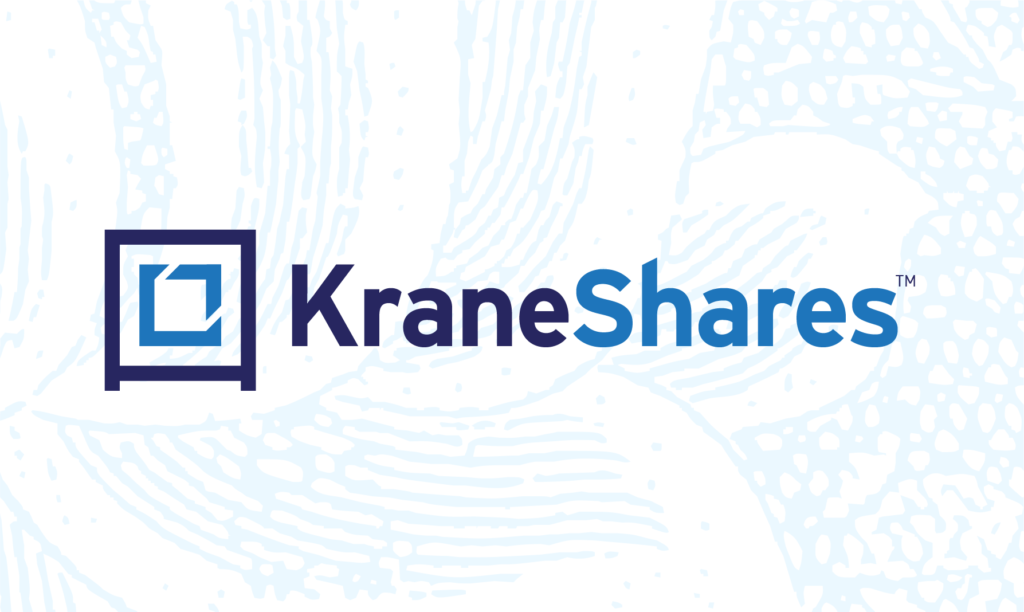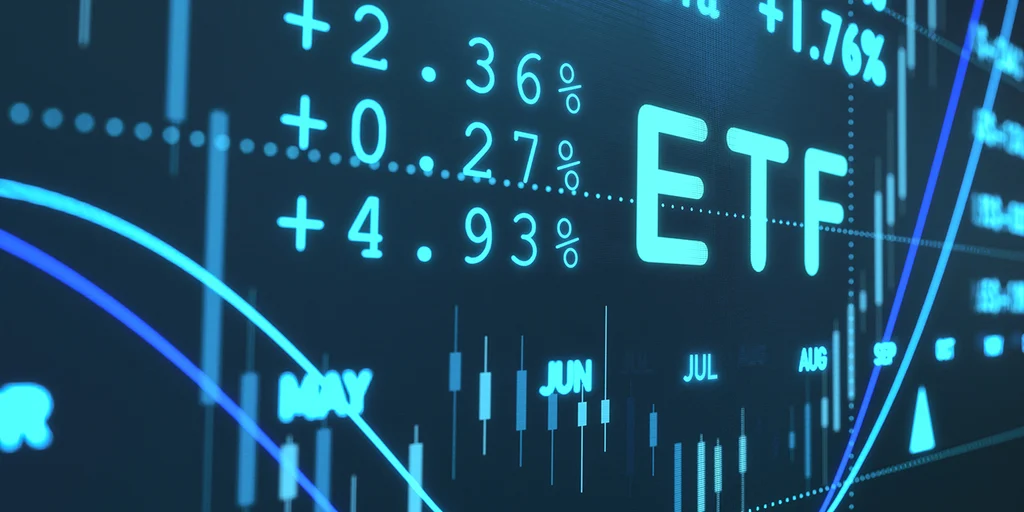China ETF: Strong China manufacturing data and hope of a strong stimulus from the Chinese government lifted investor sentiment. Hong Kong’s benchmark Hang Seng Index rose 1.2% by lunch break, recovering from Friday’s biggest decline in four months, while the Hang Seng Tech Index gained 0.7%. On the mainland, the blue-chip CSI300 Index added 0.5%, and the Shanghai Composite Index climbed 0.3%, reversing some of Friday’s 2% drop.
At close, Hang Seng was up 64 points or 0.28%, giving up some gains made earlier in the day. The Hang Seng Tech index gave up all gains and closed in the red, down 32 points or 0.58%.
China’s economic data

China’s manufacturing activity expanded at the fastest pace in three months in February as new orders and higher purchase volumes led to a solid rise in production, an official factory survey showed on Saturday. The official purchasing managers’ index (PMI) rose to 50.2 in February from 49.1 a month prior, the highest since November and beating analysts’ forecasts in a Reuters poll of 49.9.
The non-manufacturing PMI, which includes services and construction, rose to 50.4 from 50.2 in January. China’s $18 trillion economy is growing sub 5%, though similar to what the government expected, it is slowing and uneven. So, to boost the growth, Chinese policymakers are expected to announce economic targets and fresh policy support next week at the high-profile gathering in Beijing, where investors will also watch for signs of further support for the struggling property sector and indebted local developers.
China ETF
1. KraneShares CSI China Internet ETF

Chinese tech stocks rebounded amid optimism about a consumer demand recovery. KWEB tracks the CSI Overseas China Internet Index, which consists of China-based companies with primary business focused on internet and internet-related technology.
The Index is free float market capitalization weighted and includes publicly traded securities on either the Hong Kong Stock Exchange, NASDAQ Stock Market, or New York Stock Exchange. Alibaba Group is one of the fund’s top holdings.
China Internet Sector Highlights:
- Chinese retail web sales totaled $2.1 trillion in 2023 (compared to $1.1 trillion in the United States).
- China’s internet population reached 1.09 billion people in 2023, a penetration of only 77%. The U.S. internet population reached 311.3 million people, a penetration rate of about 93% in 2023.
- Total Chinese retail sales reached $6.5 trillion in 2023.
- Online shopping accounted for 32% of retail purchases in China in 2023.
| Daily Net Asset Value (NAV) and Market Price | |
| NAV | $33.76 |
| NAV Daily Change | -3.90% |
| Market Price | $33.93 |
| Market Price Daily Change | -2.30% |
| 30 Day Median Bid/Ask Spread | 0.03% |
2. Franklin FTSE China ETF

The investment seeks to provide investment results that closely correspond the FTSE China RIC Capped Index (the FTSE China Capped Index). Under normal market conditions, the fund invests at least 80% of its assets in the component securities of the index and in depositary receipts representing such securities.
The index is based on the FTSE China Index and is designed to measure the performance of Chinese large- and mid-capitalization stocks, as represented by H-Shares, B-Shares, and A-Shares. The fund is non-diversified.
NAV ( As on 03/03/2025)
$20.82 $-0.78 or (-3.61%)
Market Price
$20.87$-0.57 (-2.66%)
YTD Total Return At NAV
12.12%
YTD Total Return At Market Price
13.42%
3. SPDR® S&P China ETF

- The SPDR® S&P® China ETF seeks to provide investment results that, before fees and expenses, correspond generally to the total return performance of the S&P® China BMI Index
- Seeks to provide exposure to the investable universe of publicly traded companies domiciled in China that are available to foreign investors
- May also include China A Shares available via the Shanghai-Hong Kong Stock Connect or Shenzhen-Hong Kong Stock Connect Facilities
| As Of | 1 Month | QTD | YTD | 1 Year | 3 Year | 5 Year | 10 Year | Since Inception Mar 20 2007 | |
|---|---|---|---|---|---|---|---|---|---|
| Fund Before Tax | |||||||||
| NAV | Jan 31 2025 | 0.32% | 0.32% | 0.32% | 30.87% | -5.99% | -2.17% | 1.74% | 4.22% |
| Market Value | Jan 31 2025 | 2.25% | 2.25% | 2.25% | 31.55% | -6.19% | -1.94% | 1.96% | 4.28% |
| Benchmark S&P China BMI Index | Jan 31 2025 | 0.35% | 0.35% | 0.35% | 31.61% | -5.71% | -2.12% | 1.85% | 4.39% |
| Fund After Tax | |||||||||
| Return after Taxes on Distributions | Jan 31 2025 | 0.32% | 0.32% | 0.32% | 29.98% | -6.65% | -2.67% | 1.24% | 3.81% |
| Return after Taxes on Distributions and Sale of Fund Shares | Jan 31 2025 | 0.19% | 0.19% | 0.19% | 18.85% | -4.53% | -1.60% | 1.36% | 3.48% |
| Benchmark S&P China BMI Index | Jan 31 2025 | 0.35% | 0.35% | 0.35% | 31.61% | -5.71% | -2.12% | 1.85% | 4.39% |
While there is optimism in investors due to improving economic data and hope of a stimulus, Investors should pay extra caution as the trade war between the US and China could take an ugly turn. Trump administration threatened to put a 10% extra tariff on China apart from the already 10% in place. China also threatened to reciprocate and may target US agri product coming to China.
These ETFs have provided low/negative returns, they may continue to do so. Even though ETF investing is the best way to tap the underlying asset growth through passive investing, China ETF are a risky bet, and investors should allocate only a small portion of their portfolio to it as a diversification.
Click here for more of our global coverage
